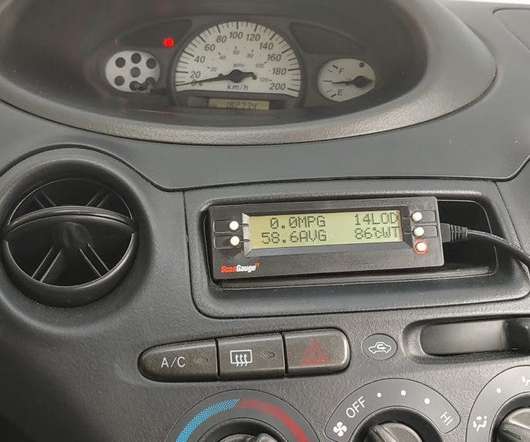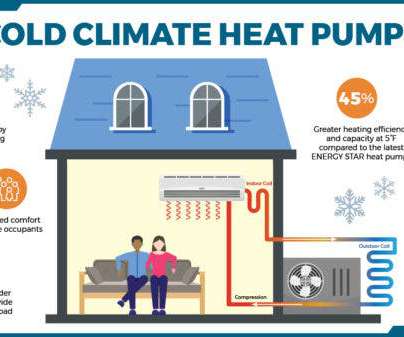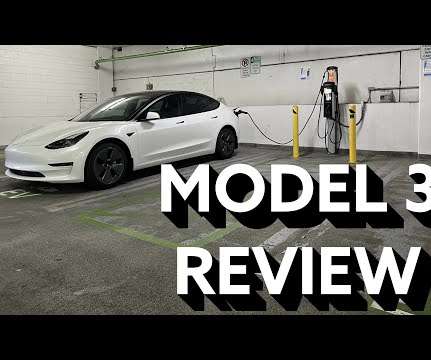A Guide To Fuel Efficient Driving — Part Three (2022 Update)
CleanTechnica EVs
AUGUST 19, 2022
Thanks to Covid-induced supply chain issues and Russia’s war with Ukraine, oil prices have surged to over $100/barrel at times. That and the dearth of refining capacity (converting crude oil to gasoline/diesel) has pushed the price of gasoline and diesel to record highs.





















Let's personalize your content